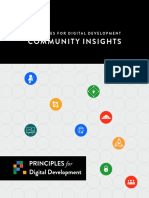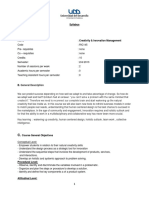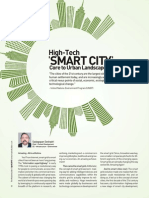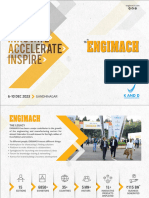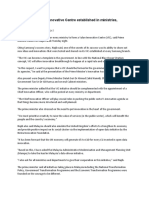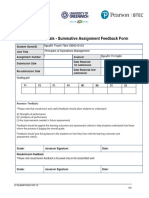0% found this document useful (0 votes)
39 views4 pagesModule 2: Digital Development: Week 3
1. Define the principles of Digital Development
2. Identify the core tenets of each principle
Uploaded by
Adam Rehm G. YounasCopyright
© © All Rights Reserved
We take content rights seriously. If you suspect this is your content, claim it here.
Available Formats
Download as DOCX, PDF, TXT or read online on Scribd
0% found this document useful (0 votes)
39 views4 pagesModule 2: Digital Development: Week 3
1. Define the principles of Digital Development
2. Identify the core tenets of each principle
Uploaded by
Adam Rehm G. YounasCopyright
© © All Rights Reserved
We take content rights seriously. If you suspect this is your content, claim it here.
Available Formats
Download as DOCX, PDF, TXT or read online on Scribd
/ 4



